

Articles
How To Store A Fridge
Modified: January 18, 2024
Learn how to properly store a fridge with our informative articles. Find expert tips and tricks to keep your fridge safe and in good condition.
(Many of the links in this article redirect to a specific reviewed product. Your purchase of these products through affiliate links helps to generate commission for Storables.com, at no extra cost. Learn more)
Introduction
Storing a fridge requires careful preparation and attention to detail to ensure its safety and proper preservation during the storage period. Whether you need to store a fridge for a short period during a move or for an extended time, following the right steps will help keep it in good condition and prevent any damage.
In this article, we will guide you through the process of storing a fridge, from defrosting and cleaning it to securing the doors and choosing the right storage location. We will also cover how to properly disconnect and store the power cord, as well as provide tips for monitoring the fridge while in storage and reinstallation afterwards.
By following these steps, you can ensure that your fridge remains in optimal condition while in storage, maintaining its functionality and preventing any potential issues when you need to use it again.
Key Takeaways:
- Properly defrosting and cleaning your fridge before storage is crucial to prevent damage and maintain hygiene, ensuring its longevity and functionality when you need to use it again.
- Choosing the right storage location, securing the doors, and monitoring the fridge while in storage are essential steps to preserve its integrity and ensure a smooth reinstallation process.
Read more: How To Store Beets In Fridge
Step 1: Defrosting the Fridge
Before storing your fridge, it’s important to defrost it properly. This step is crucial to prevent any water buildup and potential damage during storage. Here’s how you can effectively defrost your fridge:
- Start by unplugging the fridge from the power source. This will ensure your safety during the defrosting process.
- Next, remove all items from the fridge, including food, beverages, and removable shelves or drawers. Discard any perishable items to avoid spoilage.
- Leave the fridge door open to allow the ice inside to melt naturally. You can place towels or a shallow pan at the bottom of the fridge to catch any excess water.
- Avoid using sharp objects or heat sources to speed up the defrosting process, as they can damage the interior of the fridge.
- Once all the ice has melted, thoroughly clean the interior of the fridge using a mixture of mild detergent and warm water. Wipe down all surfaces, including the walls, shelves, and drawers, to remove any lingering debris or odors.
- After cleaning, dry the inside of the fridge with a clean towel, ensuring there is no excess moisture left.
Defrosting your fridge is an essential step in preparing it for storage. This process not only prevents water damage but also helps maintain the hygiene of the fridge while it’s not in use. Taking the time to properly defrost and clean your fridge will ensure its longevity and proper functioning when you decide to use it again.
Step 2: Cleaning the Fridge
After defrosting your fridge, the next step is to thoroughly clean it to ensure a hygienic storage environment. Cleaning the fridge will help remove any lingering odors, stains, or bacteria that may have accumulated over time. Here’s how you can effectively clean your fridge:
- Remove all shelves, drawers, and other removable parts from the fridge. Wash them with warm soapy water and rinse thoroughly. Allow them to air dry before putting them back into the fridge.
- Prepare a cleaning solution by mixing equal parts of water and vinegar or use a mild detergent. Avoid using harsh cleaners or chemicals that can damage the interior surfaces of the fridge.
- Dip a sponge or cloth into the cleaning solution and wipe down all the interior surfaces of the fridge. Pay special attention to the walls, shelves, door seals, and drawers. Remove any stubborn stains or residue.
- Clean the exterior of the fridge using a damp cloth or sponge. Wipe away any smudges, fingerprints, or spills on the handles, door, and sides.
- For tough odors, place an open container of baking soda inside the fridge. Baking soda acts as a natural deodorizer and helps absorb unpleasant smells.
- Once you have finished cleaning, allow the fridge to air dry completely before proceeding to the next step.
Cleaning your fridge thoroughly before storing it is crucial for maintaining a fresh and odor-free environment. Proper cleaning not only removes dirt and bacteria but also ensures a pleasant experience when you use your fridge again. Keep in mind that a clean fridge will also prevent any unwanted pests from entering and causing damage during storage.
Step 3: Removing and Storing Shelves and Drawers
In order to prevent any damage to the shelves and drawers of your fridge during storage, it’s important to remove and store them properly. This step will also optimize the space inside the fridge and make it easier to transport. Here’s how you can remove and store the shelves and drawers:
- Remove all items from the shelves and drawers before taking them out of the fridge. This ensures that nothing gets damaged or left behind.
- Gently lift the shelves and drawers out of their designated slots inside the fridge. Be careful not to force them or apply excessive pressure, as this can cause breakage.
- Wrap each shelf and drawer individually with protective material such as bubble wrap or blankets. This will prevent scratches or damage during storage and transportation.
- If you have multiple shelves or drawers, stack them on top of each other, with a layer of protective material in between. Make sure the stack is stable and won’t tip over.
- Store the wrapped shelves and drawers in a safe and dry location, away from any potential damage. It’s advisable to mark the storage location for easy retrieval when you need to reinstall them.
By removing and storing the shelves and drawers separately, you create more space within the fridge and minimize the risk of them getting damaged during storage. Wrapping them in protective material adds an extra layer of security and ensures they remain in good condition. When it’s time to use your fridge again, you can easily retrieve the shelves and drawers and reinstall them for a seamless experience.
Step 4: Securing the Doors
Securing the doors of your fridge is crucial to prevent them from accidentally opening during transportation or storage. Properly securing the doors will ensure that the fridge remains intact and minimize the risk of any damage. Here’s how you can secure the doors of your fridge:
- Inspect the door seals and gaskets for any signs of wear or damage. Replace them if necessary to ensure a tight seal.
- Close the fridge doors and check for any gaps or air leaks. Adjust the hinges or latches if needed to ensure a snug fit.
- Once the doors are securely closed, use strong packing tape or bungee cords to strap them shut. Wrap the tape or cords around the fridge to hold the doors firmly in place.
- Make sure to apply the tape or cords tightly but not excessively, as it can damage the door frame or seals.
- For added protection, you can place a moving blanket or foam padding around the fridge to provide cushioning and minimize any potential impact.
Securing the doors of your fridge is essential for maintaining its integrity during transportation and storage. By taking the time to check and reinforce the doors, you can have peace of mind knowing that your fridge will remain protected and intact throughout its time in storage.
Read more: How To Store Ginger In Fridge
Step 5: Moving the Fridge
Moving your fridge requires careful planning and proper handling to avoid any accidents or damage. Whether you are transporting it to a storage facility or to a new location, following the right procedures will ensure a smooth and safe move. Here’s how you can move your fridge effectively:
- Prepare the pathway by clearing any obstacles or tripping hazards. Make sure the path is wide enough to accommodate the size of the fridge.
- Enlist the help of at least two strong individuals to assist in moving the fridge. Refrigerators can be heavy and awkward to maneuver, so having extra hands is important.
- Before moving, ensure that all shelves, drawers, and food items have been removed from the fridge and stored separately.
- Unplug the fridge from the power source and disconnect the water supply if applicable. Secure the power cord and any other loose cables.
- To protect the flooring, consider placing a cardboard or furniture sliders underneath the fridge to reduce friction during the move.
- Using proper lifting techniques, lift the fridge from the bottom while keeping your back straight. Avoid tilting it excessively to prevent any damage to the internal components.
- Move the fridge slowly and steadily, keeping it as level as possible. Avoid jolting or dropping it to prevent any impact damage.
- When navigating stairs or narrow spaces, take extra caution and move the fridge with care. Use ramps or a dolly if available to make the process easier and safer.
- Once the fridge is in its designated location, gently place it down and ensure it is stable. Double-check that the door straps or tape are still secured tightly.
Moving your fridge can be a challenging task, but by following these steps and taking the necessary precautions, you can ensure a successful and damage-free move. By handling the fridge with care and employing proper lifting techniques, you’ll be able to safely transport it to its desired location.
To store a fridge, make sure it is completely defrosted and clean. Leave the door slightly ajar to prevent mold and mildew growth. Use a deodorizer to keep it smelling fresh.
Step 6: Choosing the Storage Location
Choosing the right storage location for your fridge is crucial for its safety and preservation during the storage period. The ideal storage environment should provide the necessary conditions to prevent damage and maintain the fridge’s functionality. Here are some factors to consider when selecting a storage location:
- Temperature and humidity: Find a storage space that maintains a consistent temperature between 32°F (0°C) and 50°F (10°C) to prevent any damage caused by extreme temperatures. Additionally, choose an area with low humidity to avoid moisture buildup and potential condensation inside the fridge.
- Cleanliness and ventilation: Ensure the storage area is clean and free from dust, pests, and chemicals that could harm the fridge. Good ventilation will help prevent any musty smells or mold growth.
- Accessibility: Select a location that allows for easy access to the fridge in case you need to check or retrieve items during storage. Keep in mind that the storage area should have ample space for maneuvering the fridge without any obstacles.
- Security: Choose a storage location that offers adequate security measures to protect your fridge from unauthorized access or theft.
- Consideration of weight limits: If storing the fridge on an upper floor or in a building with weight limits, ensure that the structure can support the weight of the fridge.
By carefully considering these factors, you can choose a storage location that provides an ideal environment for your fridge. This will help ensure its integrity and functionality during the storage period, keeping it in optimal condition until you’re ready to use it again.
Step 7: Placing the Fridge in Storage
Placing your fridge in storage requires attention to detail and proper positioning to maximize its safety and preservation. By following the right steps, you can ensure that the fridge remains secure and protected throughout the storage period. Here’s how you can properly place your fridge in storage:
- Position the fridge in a stable and level manner. Use a leveling tool to ensure that the fridge is evenly balanced. This will not only prevent any internal damage but also help maintain the integrity of the structure.
- If possible, avoid placing the fridge directly on the floor. Elevate it using pallets or sturdy platforms to prevent any moisture absorption and make it easier to clean underneath.
- Leave some space around the fridge to allow for proper ventilation. Avoid tightly packing other items or placing the fridge against the walls, as this can restrict airflow and lead to humidity buildup.
- Make sure the doors are securely closed and the straps or tape used to secure them are still in place. This will prevent the doors from accidentally opening and causing any damage while in storage.
- Consider covering the fridge with a breathable material such as a cotton sheet or specialized fridge cover. This will protect it from dust and potential scratches without trapping moisture.
- Label the storage location and include any necessary instructions for reinstallation. This will help facilitate an easy retrieval process when it’s time to use the fridge again.
Properly placing your fridge in storage is essential for its safety and preservation. By taking the time to position it correctly, you can ensure that the fridge remains protected and in optimal condition throughout the storage period. With these steps, you can have peace of mind knowing that your fridge is safely stored until you need it again.
Step 8: Properly Disconnecting and Storing the Power Cord
Disconnecting and storing the power cord of your fridge is an important step to ensure safety and prevent any damage during storage. By following the right procedures, you can properly secure the power cord and maintain its integrity. Here’s how you can disconnect and store the power cord of your fridge:
- Unplug the fridge from the power source by gently pulling the power cord from the outlet. Avoid yanking or pulling forcefully, as this can damage the cord or the outlet.
- Inspect the power cord for any signs of wear, fraying, or damage. If there are any visible faults, it’s crucial to replace the power cord before storage.
- Neatly coil the power cord, avoiding any kinks or tightly winding it. Kinks can cause damage to the wires, while tight winding can strain the cord.
- Secure the coiled power cord with rubber bands or twist ties to keep it tidy and avoid entanglement with other items during storage.
- Store the power cord separately from the fridge, in a dry and safe location. Avoid placing heavy objects on top of it to prevent any crushing or bending.
- Label the power cord and make a note of its storage location to ensure an easy retrieval process when you need to reconnect the fridge.
Properly disconnecting and storing the power cord of your fridge is essential for its safety and longevity. By taking these steps, you can prevent any potential damage to the cord and ensure its proper functionality when you’re ready to use the fridge again. Remember to always exercise caution when handling the power cord to avoid any electrical mishaps.
Read more: How To Store Chicken In Fridge
Step 9: Monitoring the Fridge in Storage
Monitoring your fridge while it’s in storage is essential to ensure its well-being and address any potential issues that may arise. By regularly checking on the fridge and taking proactive measures, you can identify and resolve any problems promptly. Here’s how you can effectively monitor your fridge during storage:
- Set a reminder to inspect the fridge periodically. Depending on the storage duration, a monthly check is usually sufficient. This will help you catch any problems before they escalate.
- Inspect the exterior of the fridge for any signs of damage, such as dents, scratches, or discoloration. If you notice any issues, take necessary measures to prevent further damage.
- Check the storage environment for any signs of moisture or water leakage around the fridge. This could indicate a problem with the storage area or a potential issue with the fridge itself.
- If possible, open the fridge and inspect the interior for any signs of mold, mildew, or pest infestation. Clean the interior thoroughly and address any issues promptly to prevent further damage.
- Verify that the doors and securing mechanisms are in good condition and still tightly closed. If any straps or tape have loosened, replace them to ensure proper door security.
- Monitor the temperature and humidity levels of the storage area. Extreme temperature fluctuations or high humidity can have a negative impact on the fridge. Consider using a temperature and humidity monitor to track these factors.
- If any issues or concerns arise during the monitoring process, take immediate action. Consult a professional technician if necessary to address any problems that may affect the functionality and safety of the fridge.
Regular monitoring of your fridge while it’s in storage allows you to catch and address any potential issues early on. By taking proactive measures and seeking professional assistance when needed, you can ensure that your fridge remains in good condition and ready for use when you retrieve it from storage.
Step 10: Reinstalling the Fridge
Reinstalling your fridge after it has been in storage requires careful attention to detail to ensure a smooth and successful process. By following the right steps, you can safely reconnect and prepare your fridge for use. Here’s how you can reinstall your fridge:
- Carefully remove any coverings or protective materials from the fridge. Inspect the exterior for any signs of damage during storage.
- Clean the interior of the fridge using a mild detergent and warm water. Wipe down all surfaces, including the walls, shelves, and drawers, to remove any dust or debris that may have accumulated during storage.
- If the power cord was stored separately, retrieve it and untangle it before connecting it to the power source. Ensure that the power cord is in good condition without any visible damage.
- Place the fridge in its designated location, making sure it is on a stable and level surface. Use a leveling tool to ensure proper balance.
- Connect the power cord to the appropriate power outlet. Avoid using extension cords or power strips, as they may not provide sufficient power for the fridge.
- Verify that the fridge is functioning properly by listening for any unusual noises or observing the cooling process. It may take some time for the fridge to reach its optimal temperature.
- Reinstall the shelves, drawers, and any other removable parts that were stored separately. Ensure they are properly aligned and secure in their designated slots.
- Check the door seals and gaskets to ensure they are intact and provide a tight seal. Replace them if necessary.
Reinstalling your fridge properly is essential to ensure its optimal functionality and longevity. By following these steps and taking the necessary precautions, you can safely bring your fridge back into operation and enjoy its cooling benefits once again.
Conclusion
Storing a fridge requires careful preparation and attention to detail to ensure its safety and proper preservation. By following the step-by-step guide outlined in this article, you can effectively store your fridge and minimize the risk of any damage or issues during the storage period.
From defrosting and cleaning the fridge to securing the doors, moving it to the storage location, and properly disconnecting and storing the power cord, each step plays a crucial role in maintaining the integrity of the fridge. Monitoring the fridge while in storage and reinstallation are also important steps to ensure its functionality and safety when it’s time to use it again.
Remember to consider factors like temperature, humidity, cleanliness, and security when choosing the storage location for your fridge. By creating an optimal environment, you can ensure that your fridge remains in good condition and ready for use when you retrieve it from storage.
Throughout the entire process, make sure to handle the fridge with care, employ proper lifting techniques, and take necessary precautions to prevent any accidents or damage. Regular monitoring and timely action can help address any potential issues and keep your fridge in top shape.
By following these steps and guidelines, you can store your fridge successfully and have peace of mind knowing that it will be properly preserved until you need it again. Take the time to prepare and execute each step carefully, and you’ll be rewarded with a well-maintained and functioning fridge when you’re ready to use it in the future.
Frequently Asked Questions about How To Store A Fridge
Was this page helpful?
At Storables.com, we guarantee accurate and reliable information. Our content, validated by Expert Board Contributors, is crafted following stringent Editorial Policies. We're committed to providing you with well-researched, expert-backed insights for all your informational needs.



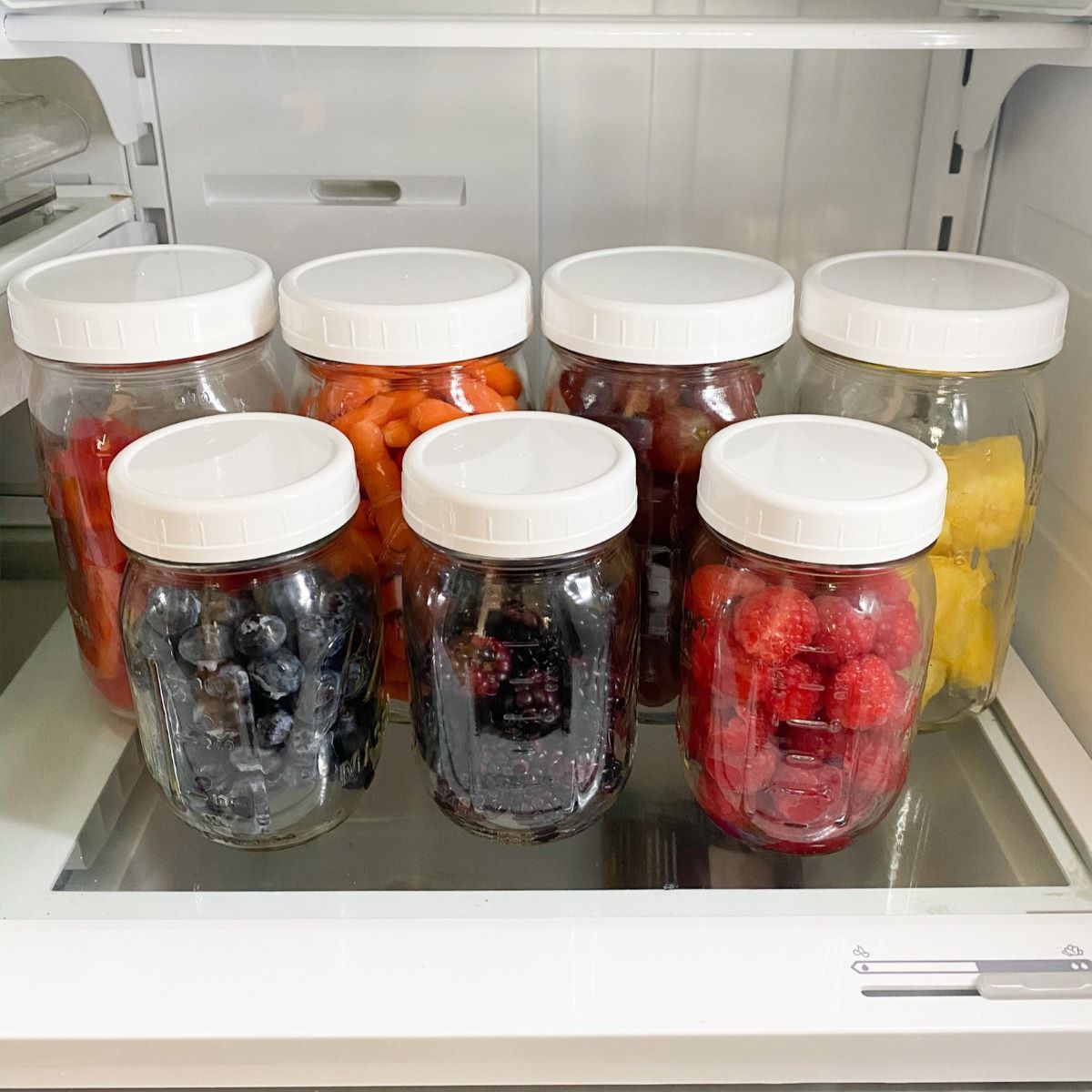

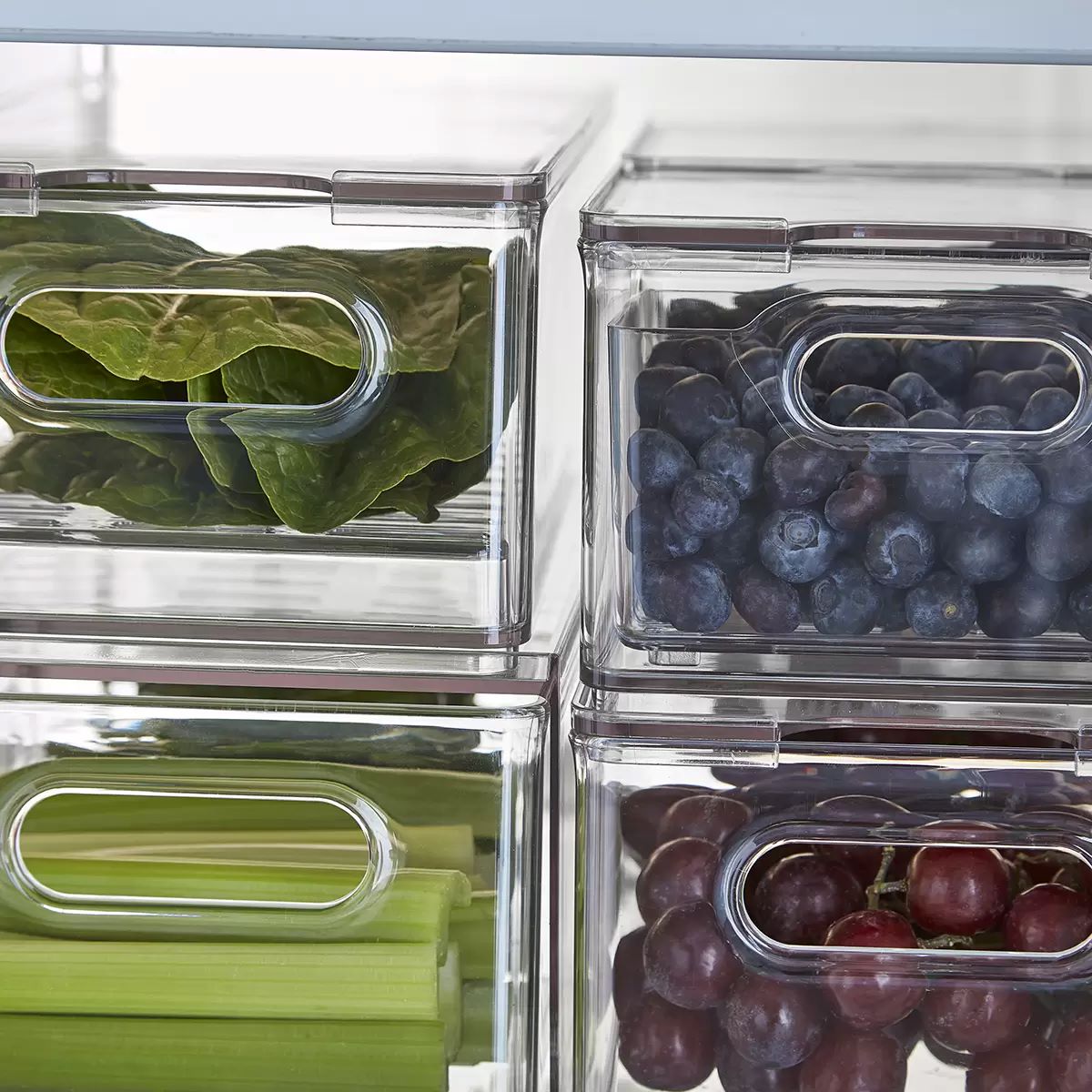
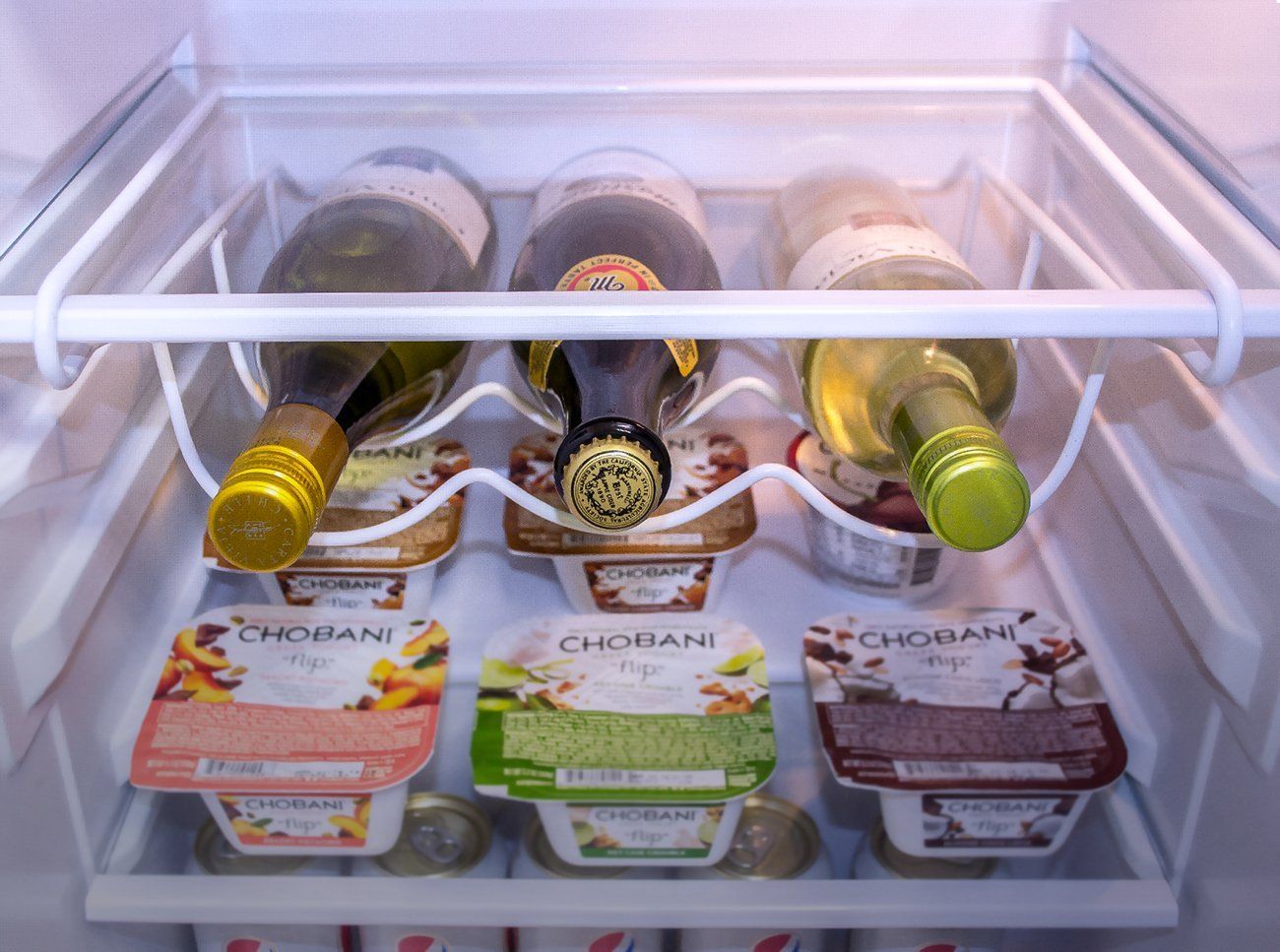


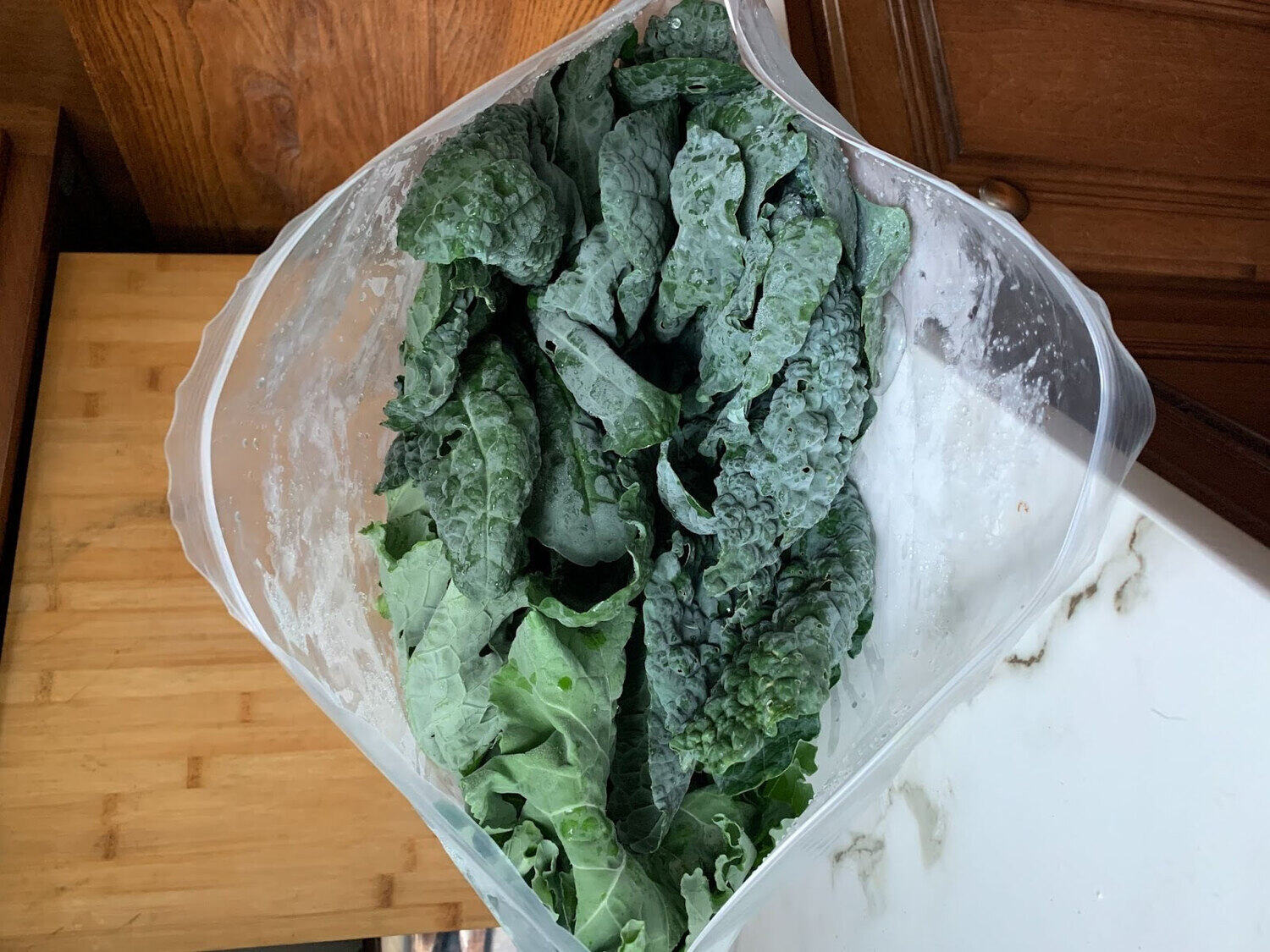

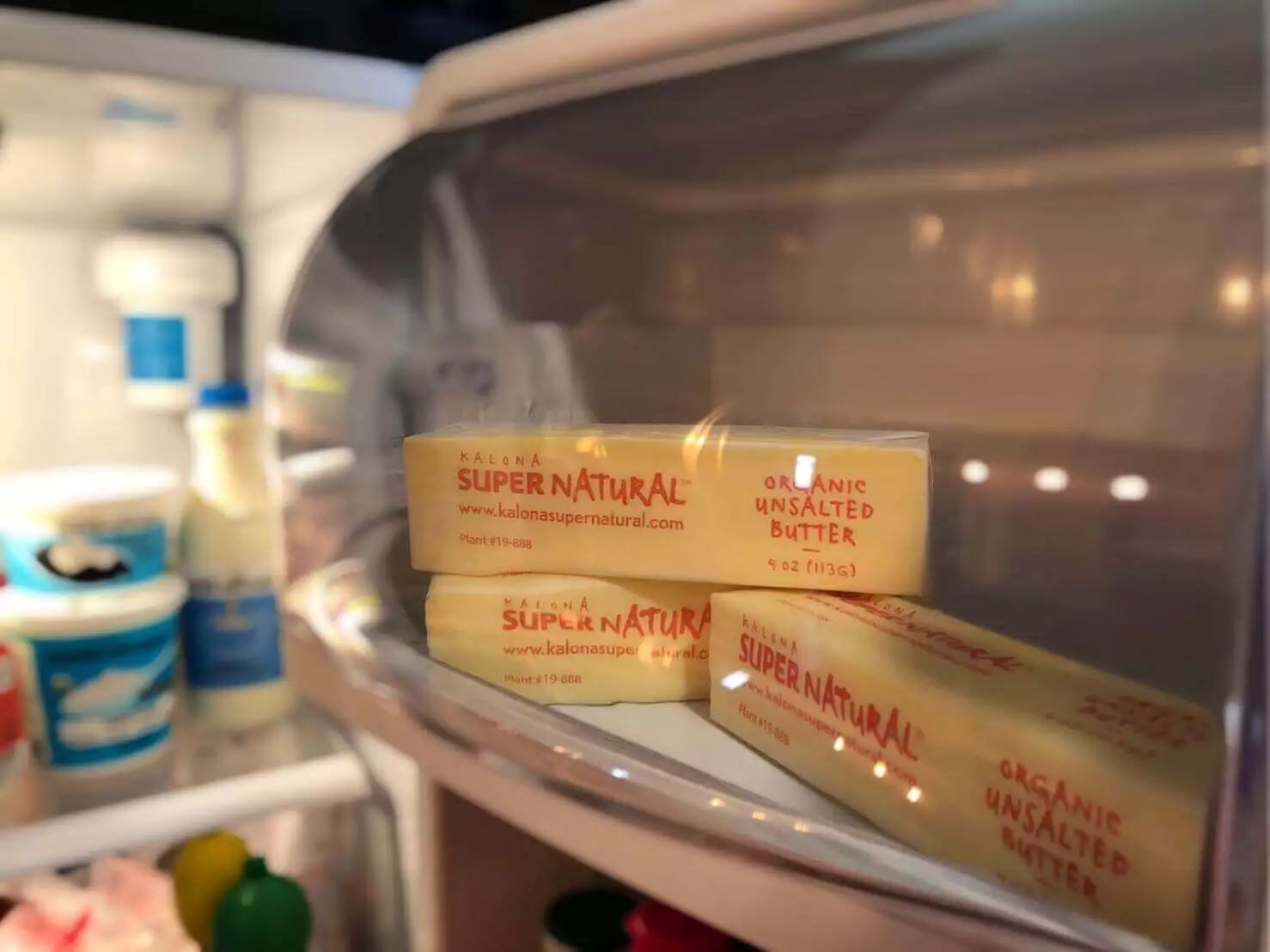


0 thoughts on “How To Store A Fridge”